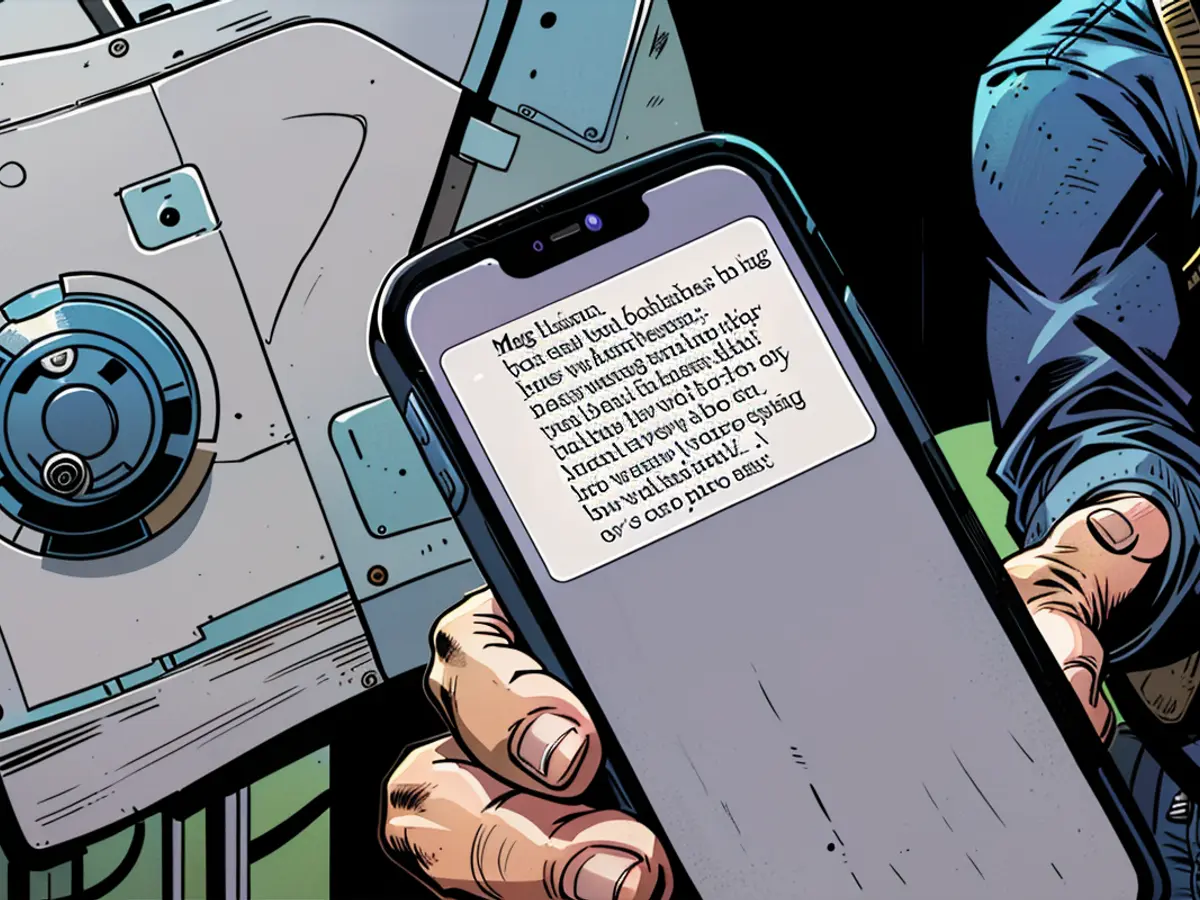Does your smartphone provide alerts via cell broadcast messaging?
Mark your calendars for September 12th, it's National Warning Day: A fantastic chance to test if your smartphone is correctly receiving alerts - and enhance it if it's not.
Various mediums like radio, television, websites, passenger info systems, display boards, loudspeaker vehicles, or sirens are utilized by federal and state governments to alert the public during crises, disasters, or hazards.
However, Cell Broadcast messages, which are sent over the mobile phone service, serve as the central component of the warning chain. According to the Federal Office for Civil Protection and Disaster Assistance (BBK), "No other warning channel can reach more people directly."
Keep Airplane mode off
The BBK lists Android version 11 and iOS version 16.1 as requirements for receiving Cell Broadcast warnings. Furthermore, the smartphone must not be in Airplane mode and must be turned on.
To ensure you're good to go, check the settings under "Cell Broadcast" or "Emergency Alerts" (Android) or "Official Emergency Alerts" (Apple) to ensure all alert types are enabled.
If your smartphone fails to buzz with a flashing screen and a vibration at 11:00 AM on September 12, it may not be receiving Cell Broadcast messages.
No buzz? Install a warning app
In such cases, users can opt for apps that distribute official warnings, like the federal Nina app, as well as other apps like Biwapp or Katwarn.
Since February 2019, Katwarn and Biwapp have been exchanging messages with Nina, ensuring app users get all important messages equally, BBK explains.
National Warning Day is scheduled for September 12th, as announced by the Federal Office for Civil Protection and Disaster Assistance. On this day, various authorities and emergency services will test their warning systems in a joint exercise. Various media and channels will be involved, including television and radio stations, the internet, or mobile phones.
What's the date for the next warning day?
On September 12th at 11:00 AM, participating authorities and emergency services will activate various warning systems. The all-clear is expected around 11:45 AM.
The German strategy for warning involves multiple channels. This method aligns with the multi-channel approach or "warning means mix". To achieve this, the federal government has developed the Modular Warning System (MoWaS), which it operates in collaboration with the states and municipalities.
Despite the significance of September 12th as National Warning Day, unfortunate events like floods can occur unexpectedly, highlighting the necessity of being prepared at all times. Having a well-functioning warning system, such as the one tested on National Warning Day, is crucial in mitigating the impact of floods.







